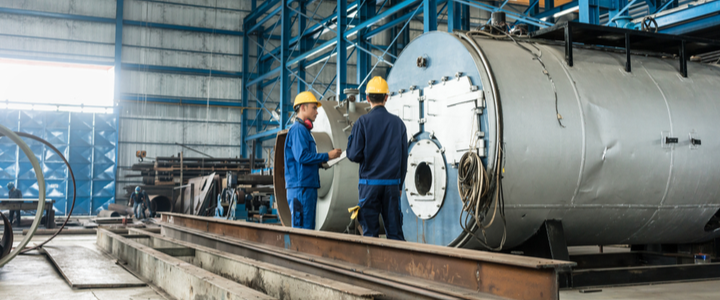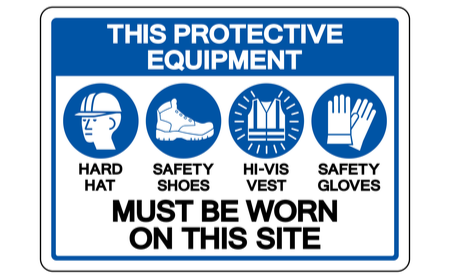Any incidents or accidents that result in injury (or almost caused injury) need to be investigated to prevent future similar situations from happening again. The result of this investigation is an incident report. Let’s cover why they’re necessary and the best practices for completing them.
When Is An Incident Report Required?
It is an unwritten rule that as soon as an incident occurs in the workplace, an incident report should be completed. Minor illnesses and injuries should be taken seriously and reported just as major incidents are. All managers, employees, and safety committees must be aware of the different events and scenarios that require an official incident report.
What is Considered an Incident?
An incident is defined as an occurrence, situation, or condition in a work environment that caused (or could have caused) injury, illness, death, or property damage.
In general, an incident is any event or situation that:
- Puts members within an organization at risk
- Impacts work operations or systems
- Causes disruption to an organization
- Attracts negative media attention to the organization
An incident report is required for any of the following events:
- Worker injury incident
- Property or equipment damage incident
- Environmental incident
- Fire-related incident
- Vehicle-related incident
- Near miss incident
- No harm event
You should also report any event in which a non-employee person became ill or was injured due to actions caused by the company or an employee.

Incident Report Best Practices
There are many important reasons to investigate a workplace incident, such as determining the cost of the incident, fulfilling legal requirements, processing workers’ compensation claims, and maintaining compliance. In addition, OSHA incident and accident investigations help companies identify problem areas so that managers can take steps to prevent similar incidents in the future.
What to Include in an Incident Report
Here are the different types of information you should take down during the incident reporting process.
- General information – basic information such as time, date, specific location, etc.
- Events – a detailed story of how the incident occurred and the details leading up to it
- Location – physical and environmental conditions relevant to the incident
- Involved people – the names of the people affected, their job title, and their department
- Actions of involved people – include details of how the incident occurred as well as exact times
- Witnesses – detailed statements from all witnesses present during the incident
- Injuries – include details of the injury or illness; including type, severity, and body part
- Treatment – any treatments or medications administered to the affected individuals
- Damage – describe any property or equipment damage that was a result of the incident
Use our incident calculator tool to calculate the cost of workplace injuries.
How to Avoid Future Incidents
There are several different ways employees can be injured while on the job. According to the National Safety Council, there are 7 million workplace injuries every year. The most common workplace injuries include:
- Trips, slips, and falls
- Vehicle-related accidents
- Overexertion and repetitive stress injuries
- Moving machinery
- Exposure to harmful substances
- Fire and explosions
Tips For Preventing Incidents
- Provide proper employee training – Regularly provide up-to-date employee training to ensure a safe work environment and prevent accidents; make sure no “short-cuts” are taken.
- Conduct regular risk assessments – Check for any possible hazards in the job site (physical, mental, biological, chemical, etc.)
- Report accidents and near misses – Prevent future accidents by reporting any incidents or close calls, no matter how small.
- Display appropriate signage – Have necessary warning signs in the workplace such as wet floor, flammable materials, biohazard, high voltage, PPE required, trip hazard, etc.
- Keep workspaces clean – Decrease the likelihood of accidents by keeping workspaces free of clutter, spills, loose wires, etc.
- Maintain and inspect machinery – Inspect and maintain equipment on a regular basis to protect employees from injuries caused by malfunctions.
- Provide appropriate PPE – Give workers the proper Personal Protective Equipment (PPE) such as hard hats, eye and face protection, gloves, protective clothing, earplugs, high-visibility clothing, etc.

Partnering with Safety By Design to Bolster Your Safety Program
To avoid OSHA-related penalties and ensure the safety of your employees, you’ll need the help of a safety and risk management consultant. The experts at Safety By Design are ready to help you reduce workplace hazards and develop an effective workplace injury prevention program. We offer retainer-based safety management services and OSHA-aligned safety training in Houston, Texas. We also have OSHA training online available for organizations that aren’t based in the Houston area.
Contact our experts today to schedule a consultation!
Tags: incident report, near miss, safety training, workplace injuries, workplace safety


